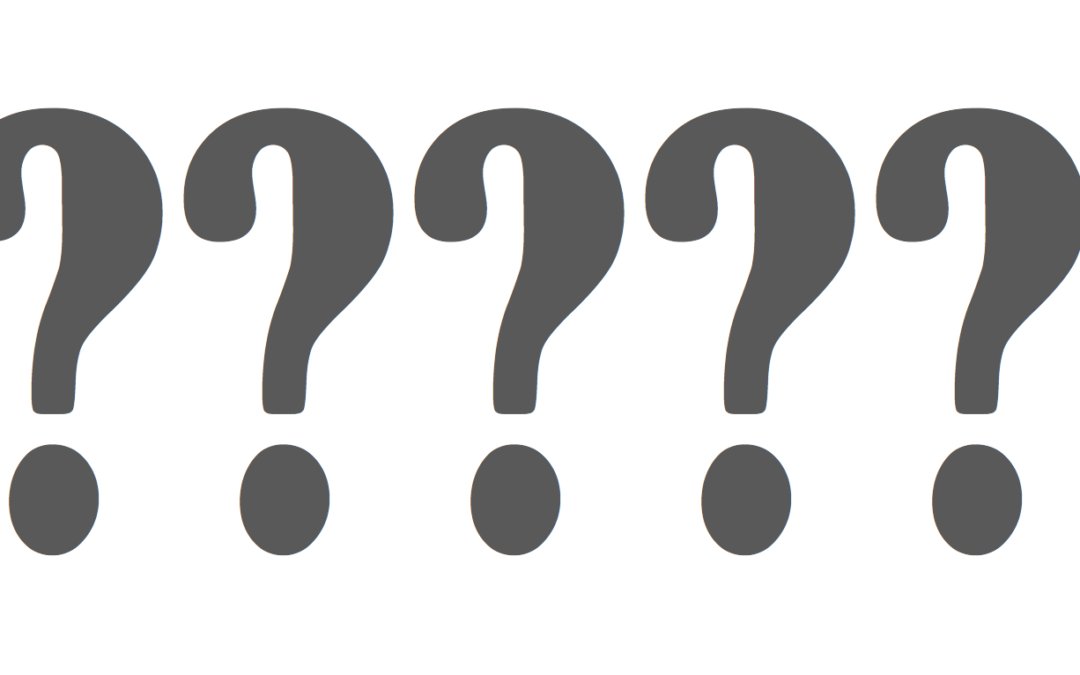
by Lorri | Aug 16, 2017 | UnCorked
One of my favorite things about writing this column is answering your questions. And based on reader feedback, it’s one of your favorites, too. This week I’ll address decanting boxed wine, the difference between sulfates and sulfites and the term “Cape red.”
If you have a wine question, please don’t hesitate to write or email.
We don’t like putting boxed wines in our refrigerator because we just don’t have room. Does transferring the box wine to a bottle change the quality?
Box wines can be bulky, making storing them in a full refrigerator difficult. But decanting a boxed wine for storage defeats the purpose of the box. The boxed wine has a bladder inside that collapses when wine is poured, giving it a protective layer against oxygen. My concern when transferring wine from the pour spout to a bottle is you are immediately introducing a lot of oxygen to the wine. This act alone can begin to make the once-fresh wine taste stale. My advice, if you’re looking for refrigerator space, is to consider removing the bladder from the box, making it less bulky. Be sure to place the spout lower than the wine in the bladder to avoid letting air in when you open the spout. My recommendation is to keep bottled wine bottled and boxed wine boxed. That being said, there’s nothing wrong with decanting a boxed wine for serving.
What is the difference between sulfates and sulfites?
Sulfates and sulfites are both sulfur-based compounds. You most likely encounter sulfates daily. Sodium lauryl sulfate is a strong detergent additive that aids in removing grease by binding oil to water. You will find this in most dish soaps, floor cleaners, shampoo and body washes.
Sulfites are found in most wines. They are naturally occurring and act as a preservative by inhibiting microbial growth. Again, just as with sulfates, you are most likely encountering sulfites daily. They are found in many foods including dried fruit, candy, deli meat, canned soups and hot dogs. Even though sulfites are naturally occurring, most winemakers also add sulfur dioxide during the winemaking process to ensure against spoilage.
What does the term “Cape red” mean when I see it on South African wine labels?
A quick geography lesson while looking at a map of South Africa can explain the term “Cape.” It’s any large piece of land protruding into the sea from the coast. South Africa has the Cape of Good Hope, the Western Cape, Eastern Cape and Cape Peninsula. What does this have to do with wine production? Along the southern coast of South Africa is where the warm currents of the Indian Ocean meet with the cool currents of the Atlantic Ocean. Many South African vineyards are spread throughout these regions. This occurrence where two oceans meet creates a specific climate with a lot of influence on winemaking. A strong, dry wind known as the “Cape Doctor” can damage unprotected grapes but has the positive effect of limiting growth of debilitating fungus and mildew in the vineyards. “Cape reds” are generally South African red wines made from a blend of the country’s most prestigious red grapes, syrah, pinotage, merlot and cabernet sauvignon found in these regions.
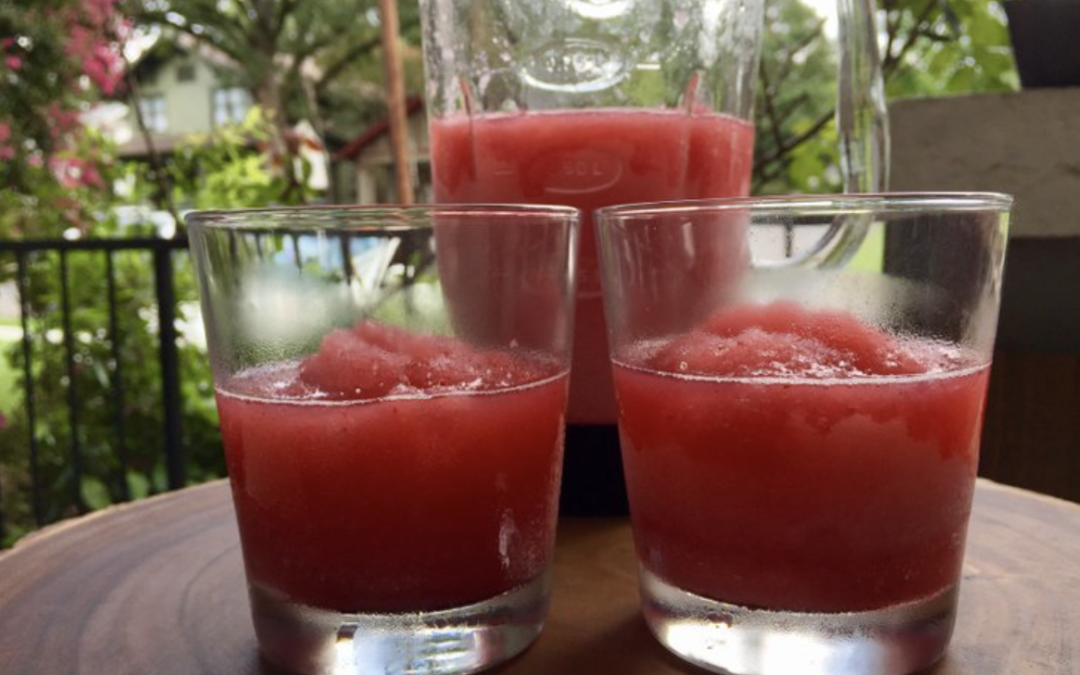
by Lorri | Aug 9, 2017 | UnCorked
As many of you know, I am a rose fanatic and I’m always eager to explore my favorite styles of wine. So when “frose,” the coolest summer cocktail, and our Southern heat came into my life at the same time, I thought what a better time to give this refreshing drink a test?
Frose (fro-ZAY) also known as frozen rose is an adult slushy that combines the cool, refreshing acidity and fruitiness of rose wine with a fresh fruit, sugar and ice.
When mixing any wine into a cocktail I always advise drawing a fine line. Don’t choose the best bottle from your cellar, but as with any recipe, the quality of the wine will contribute to the outcome of your cocktail.
This summer treat can be made ahead and frozen for up to a week. I adapted this recipe from Bon Appetit.
Frose
1 (750-mL) bottle hearty, bold rose (such as pinot noir, cabernet sauvignon, merlot, malbec)
1/2 cup sugar
1/2 cup water
8 to 10 ounces fresh strawberries, hulled and quartered
1 cup crushed ice
2 ½ ounces fresh lemon juice
Pour the rose wine into a 9-by-13-inch pan and freeze 6 to 8 hours or until almost solid. The alcohol will keep it from freezing completely.
Meanwhile, in a medium saucepan bring the sugar and ½ cup water to a boil; cook, stirring constantly, until sugar dissolves. Add strawberries and remove from heat. Let this mixture sit for 30 minutes to infuse syrup with strawberry flavor. Strain the mixture (do not press on solids) with a fine mesh sieve into a bowl. Cover and refrigerate until cold, about 30 minutes.
Using a large fork, scrape the frozen rose into a blender. Add lemon juice, the strawberry syrup and 1 cup crushed ice. Puree until smooth. Transfer blender jar to freezer and freeze until mixture is thickened to about the consistency of a milkshake, about 30 minutes. Blend once more until slushy. Divide into glasses and serve. To add a special touch, serve in martini, hurricane or margarita glasses and dip the rim of your glass in sugar for an added sparkle.
Makes 4 to 6 servings.
THE VALUES
- 2016 Crios Malbec Rose, Argentina (about $10 retail)
- 2016 Montes Cherub Rose, Chile (about $14 retail)
- 2016 Calcu Rose, Chile (about $15 retail)
- 2016 Bodega Norton Rose, Argentina (about $13, retail)
- 2016 Concha y Toro Frontera Rose, Chile (about $10 retail)
THE SPLURGES
- 2016 Hogwash Rose, California (about $18 retail)
- 2014 Elk Cove Pinot Noir Rose, Oregon (about $17 retail)
- 2016 Presqu’ile Vineyard Rose of Pinot Noir, California (about $20 retail)
- 2006 Turkey Flat Rose, Australia (about $18 retail)
Thank you Kelly Brant for the photo.
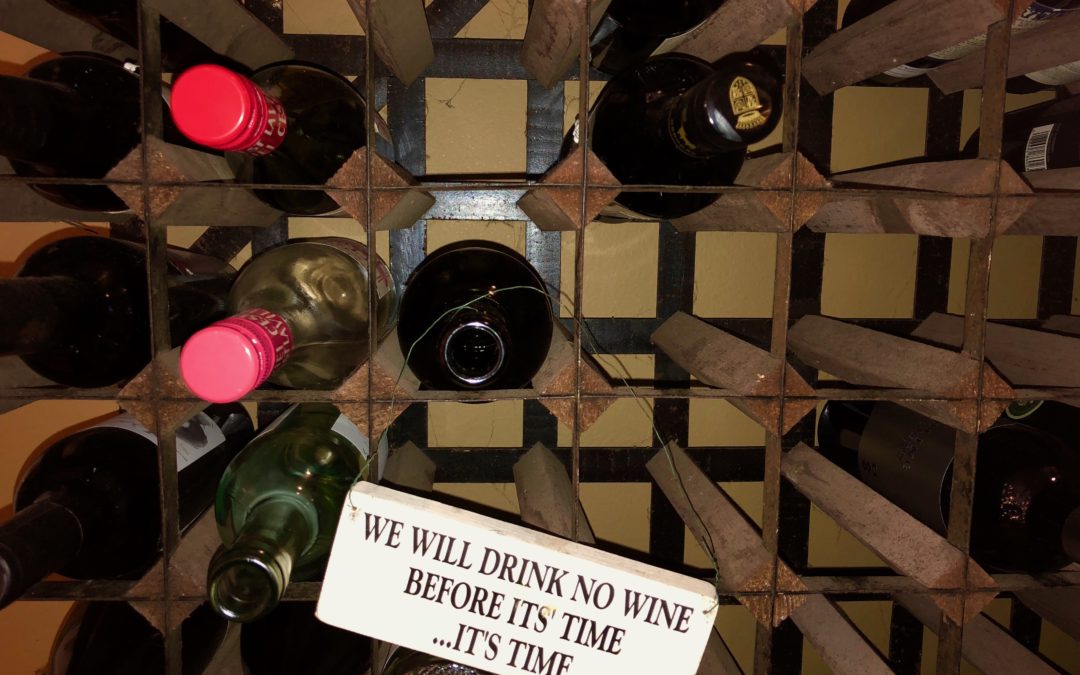
by Lorri | Aug 2, 2017 | UnCorked
“If I had all the money I’d spent on drink, I’d spend it on drink.” The sentiment from Vivian Stanshall’s greatest creation, Sir Henry at Rawlinson End, is a quote with which those of us who enjoy wine will concur. But possibly, unlike Sir Henry we’d be sure we were buying the best to optimize our enjoyment.
Never have consumers been more consumed with options in the wine world, not to mention the ever-expanding beer and spirits industries. This may be the most problematic time of buying for most of us, simply because it is so easy to become overwhelmed by choices.
It’s no surprise many of us are buying the same wines week in and week out. We are drawn to familiarity and consistency. When faced with too many choices, it’s easy to fall back on what we’re comfortable with, but at the same time, nobody likes a rut. At the end of the day, when you pull the cork on a bottle of wine and take a sip, you are doing so because you want to enjoy the wine.
The good news is it’s easy to find great wines. The challenging exploration is for the values. There are thousands of inexpensive wines lining the retail shelves and I know the term “value” can be confusing. Does it imply a specific price range? Or does it refer to the quality of the product in comparison to the cost?
The short answer is both. By staying with regions known for growing dependable grapes in all price ranges and buying wine by the case or on wine day I increase the value.
These are a few of my go-to wine values:
- 2015 Bell Winery Red Blend, California (about $16 retail)
- 2015 Sean Minor Four Bears Pinot Noir, California (about $15 retail)
- 2016 Picpoul de Pinet, France (about $12 retail)
- 2016 Presqu’ile Vineyards Pinot Noir Rose, California (about $20 retail)
- 2016 Oyster Bay Sauvignon Blanc, New Zealand (about $13 retail)
- 2015 Cline Cellars Zinfandel, California (about $10 retail)
- 2015 Irony Pinot Noir, California (about $14 retail)
- 2016 Hugel Gewurztraminer “Hugel,” France (about $20 retail)
- 2015 337 Cabernet Sauvignon, California (about $12 retail)
- 2016 Paul Jaboulet Aine Parallele 45 Cotes du Rhone, France (about $16 retail)
- NV Domaine Ste. Michelle Blanc de Blanc, Washington (about $15 retail)
- 2016 Honig Sauvignon Blanc, California (about $17 retail)
- 2017 Black Box Pinot Grigio, California (about $20 retail)
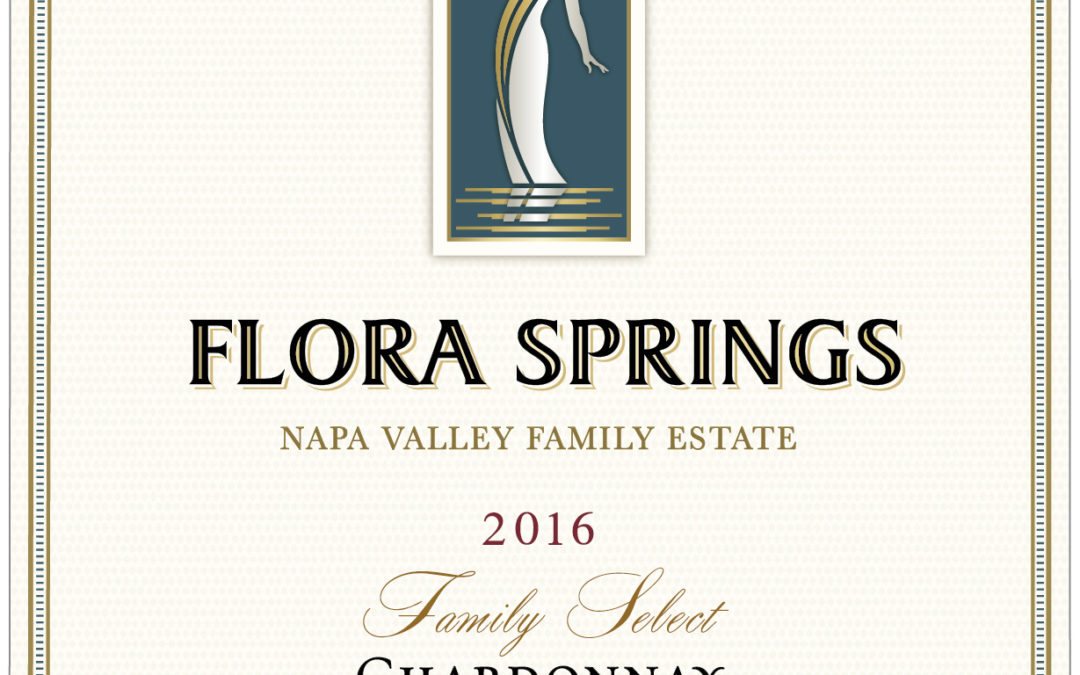
by Lorri | Jul 26, 2017 | UnCorked
Many of us have a long off-again, on-again love affair with chardonnay. It was once the only white wine we considered. We then shunned it for other trending white varietals but inevitably we’d come back to chardonnay.
Napa Valley’s Flora Springs Winery has stayed strong to its dedication and long love affair with chardonnay.
Flora Springs was one of the first wineries I visited during my first trip to Napa Valley more than 15 years ago. I was honored with a one-on-one tour, learning more about this 39-year-old icon. The estate’s history dates to the 1880s when Scottish immigrant brothers James and William Rennie planted 60 acres and built a stone wine cellar.
Calling Flora Springs Winery a family venture may be an understatement. Jerry and Flora Komes bought the estate in 1977. A year later, their children John and Carrie Komes and Julie and Pat Garvey established the winery and named it after John and Julie’s mother, Flora. Since its inception, almost every job — from proprietor and vineyard manager to general manager — has been helmed by a family member.
The character of its chardonnay has evolved over the years with many new introductions to winemaking and the world’s palate shifting in styles that involve a mix of stainless steel, oak barrels, concrete tanks, malolactic fermentation and lees stirring.
This past week I re-visited this chardonnay and once again relished in its splendor. It still offers everything we love in a chardonnay — bright minerality, refreshing fruit flavors and a simple balanced touch of oak.
Flora Springs’ Family Select Chardonnay is sourced entirely from the family’s sustainably farmed, estate-owned vineyards in Oakville and Carneros. It’s rare to find chardonnay in Oakville, but a few blocks in its Crossroads Vineyard offers a slightly cooler microclimate ideal to the varietal.
The Flora’s Legacy Chardonnay is a limited-production, one of a kind wine made in honor of Flora Komes. Every year this production involves the entire family, using the finest barrels of chardonnay in their cellar and gradually narrowing it down to a blend of the few barrels the family enjoys the most.
I hope a taste of these chardonnays brings you back to why you fell in love with it so many years ago.
THE VALUE
- 2016 Flora Springs Family Select Chardonnay, California (about $35 retail)
THE SPLURGE
- 2016 Flora’s Legacy Chardonnay, California (about $70 retail)
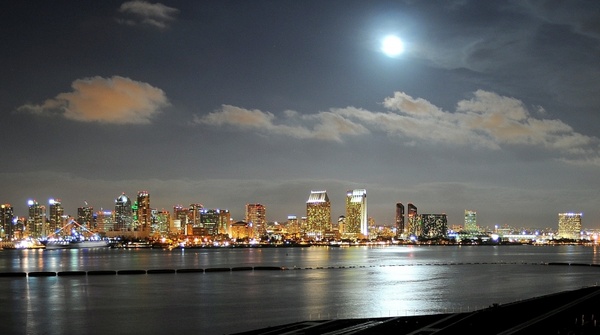
by Lorri | Jul 19, 2017 | UnCorked
Most of us are familiar with, if not dedicated fans of, California’s Sonoma and Napa Valley regions. But is there California wine outside of these famous regions? You bet there is and many go unnoticed or consumers simply forget the Golden State is known as the quintessential arena for some of the world’s most respected agriculture, including grapes.
MENDOCINO
Mendocino County is a foggy and cool region that is home to some of the world’s tallest living trees (370 feet). Though much of the county is covered in redwood forest, there are pockets of vineyards producing excellent wines. Vines make up about 17,000 acres, with chardonnay being the lead grape followed by pinot noir and cabernet sauvignon with most of the vineyards in the inland valleys of this mountainous region. Vineyards growing white wine grapes are generally located on flood plains along the Navarro and Russian rivers while most of the reds are grown on the bench lands above.
THE VALUE
- 2016 Parducci Pinot Noir (about $13 retail)
THE SPLURGE
- NV Scharffenberger Brut Sparkling (about $21 retail)
SANTA BARBARA
Santa Barbara’s geography allows for ocean breezes to blow eastward, channeled by the mountains and hills that surround the region. This creates a valley funneling cool air and fog directly in from the Pacific Ocean. Because it has a more maritime climate it offers dramatic changes in climate from the cool, wet and windy coast to the warm, dry inlands. The unique climate coupled with diverse soils ranging from ancient beach to limestone makes for a near perfect place for grapes to grow. This range of microclimates allows for a gamut of fine wine grapes from chardonnay, sauvignon blanc, pinot noir and even some Rhone varieties (grenache, syrah) and Bordeaux varieties (cabernet sauvignon, merlot) to excel.
THE VALUE
- 2016 Santa Maria Vineyard and Winery Sauvignon Blanc (about $13 retail)
THE SPLURGE
- 2015 Presqu’ile Santa Maria Valley Pinot Noir (about $42 retail)
LAKE COUNTY
North of Napa Valley, Lake County is a fast-growing wine region with some areas expected to double in the next few years as many new vineyards are being planted. Cabernet sauvignon is the most planted grape followed by sauvignon blanc. The Lake County region surrounds Clear Lake, the largest natural lake in California. Grapes are planted in many places from the rich soils of the valley (lake level) to the rocky volcanic soils at more than 2,000 feet elevation around Mt. Konacti, a dormant volcano. The higher elevation, cooler winter conditions and later start to the growing season mean few grape pests so sustainable farming practices can occur almost year-round.
THE VALUE
- 2016 Shannon Ridge Winery Cabernet Sauvignon (about $15 retail)
THE SPLURGE
- 2016 High Valley Zinfandel, California (about $20 retail)
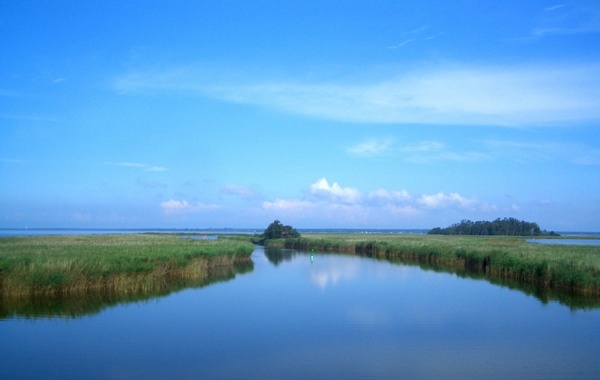
by Lorri | Jul 12, 2017 | UnCorked
There are many familiar French wine regions, but the most exciting are southern France’s Languedoc and Provence. I am consistently impressed with this area’s ability to make unique wines with personality and character at a reasonable price.
Southern France is traditionally known for its simple bulk wine, and not considered among the prestigious reputations of Bordeaux and Burgundy. But because the region has fewer restrictions and its reputation isn’t tied to tradition, winemakers are free to experiment and innovate.
The Languedoc is one of France’s largest growing regions with more than 500,000 acres planted. Provence may be the country’s oldest, with wine being produced in the area for at least 2,600 years. What gives the south of France such potential is the vast amount of complex soils, ideal Mediterranean climate and an open range of grape varieties to explore.
It is one of the world’s blending paradises, with exceptional grapes and an array of choices. The main red and rose wines are blended from syrah, grenache, mourvedre, cinsault and carignan. For whites, there are picpoul, grenache blanc, marsanne, rousanne, viognier and, increasingly, plantings of chenin blanc.
In addition to the traditional grape varieties, we are seeing more and more producers exploring Vin de Pays or country wines. This category benefits the consumers and the wine producers. It gives a consumer clarity with where a wine is produced, giving producers an opportunity to make wines outside the constraints of traditional French Appellation d’Origine Controle law. The most important is the freedom to grow international-favorite varieties such as chardonnay, merlot, cabernet sauvignon, pinot noir and others.
These are some of my favorites.
THE VALUES
- 2015 Jadix Picpoul De Pinet, France (about $13 retail)
- 2015 C’est La Vie Pinot Noir/Syrah, France (about $11 retail)
- 2016 Sables d’Azur Cotes De Provence Rose, France (about $12 retail)
- 2016 Picpoul De Pinet, France (about $12 retail)
THE SPLURGES
- 2015 Domaine Du Tariquet Chardonnay, France (about $15 retail)
- 2016 Whispering Angel Cotes De Provence Rose, France (about $22 retail)





